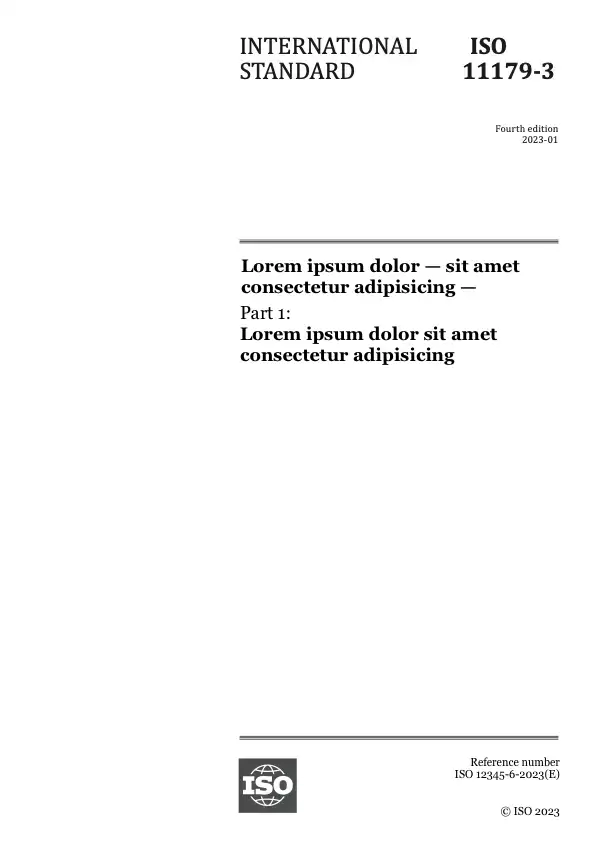Résumé
This document specifies guidelines for applying the robust tolerance design (RTD) provided by the Taguchi methods to a product in order to finalize the design of the product.
NOTE 1 RTD is applied to the target product to set the optimum tolerances of the design parameters around the nominal values. RTD identifies the effects of errors in the controllable design parameters on product output and estimates the total variance of the product output if the tolerances are changed. Hence, RTD achieves the target variance of the output from the viewpoints of robustness, performance, and cost.
NOTE 2 The tolerance expresses a maximum allowable error in the value of a design parameter in the manufacturing process. In a perfect world, the parts or elements of every product have the designed nominal values of the design parameters. However, actual manufacturing does not reproduce the exact designed nominal values of the design parameters for all products. The actual products have errors in the values of their parts or elements. These errors are supposed to be within the designed tolerances.
Prévisualiser
Informations générales
-
État actuel: PubliéeDate de publication: 2021-04Stade: Norme internationale publiée [60.60]
-
Edition: 1
-
Comité technique :ISO/TC 69/SC 8ICS :03.120.30
- RSS mises à jour
Cycle de vie
Vous avez une question?
Consulter notre FAQ
Horaires d’ouverture:
De lundi à vendredi - 09:00-12:00, 14:00-17:00 (UTC+1)
